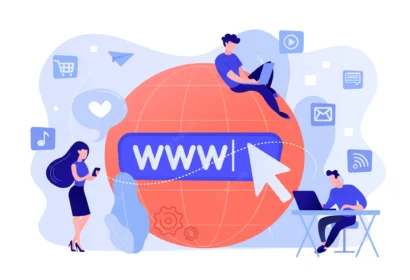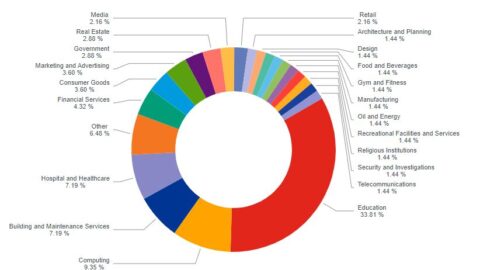3 Tactics to Drive New B2B Leads for Your Sales and Marketing Teams

Generating B2B leads is hard and finding a straightforward answer on which strategies are most effective can feel impossible.
The reality is there’s no one-size-fits-all solution to the B2B lead generation problem – if there was, we would all be doing it.
The most effective overall approach will vary based on what you’re selling, your market, what your competitors are doing, and a vast range of other factors. The best way to get your answer is to test, test and test again – and learn what works.
Having said that, some strategies are more likely to deliver results for you if executed well – below we will review 3 tactics that can make a difference and drive sales and marketing leads for your business.
Content marketing
Around 70% of users on the internet learn via content before purchasing a product versus traditional advertisements. That is where content marketing comes in. It aligns with this behavior by offering high-quality content that educates prospects on a relevant topic. This, when done correctly, gets them sucked into your B2B lead generation funnel as well.
Ensure that you’re creating content at every stage of the buying cycle – this means having blogs posts or case studies available even if they aren’t specifically targeting keywords related to your product or service; these pieces of content are great for attracting visibility, SEO traffic, social media engagement (i.e., social sharing), and qualified leads.
On-page SEO
Even though Google has released over 200 ranking factors, there is one that trumps them all: content. By positioning your website as a thought leader in its field and optimizing it to rank high for certain keywords, you will be able to capture the attention of qualified leads that are actively searching for what you are offering.
At its most fundamental level, on-page SEO refers to those elements you can control on your own website, including page titles, meta descriptions, URLs, images, and headings.
To rank highly on search engine results pages (SERPs), you need a strong understanding of how these elements come together on the page to affect the overall ranking process. Here are some key areas to focus on:
Blog Post Headlines
You can’t have great content without a great headline. And just as your blog post headlines are important to the success of your content, page titles are equally important for success within on-page SEO. The more specific you can be with your titles, the better they will serve you in ranking higher on SERPs — especially if your title targets popular search terms.
Page URLs
Page URLs also play a big role in on-page SEO for B2B lead generation, as they can help you rank or completely tank your chances of ranking. The decision you make when choosing the URL slug for a given blog post will serve as the foundation for everything else built on top of it, so you should aim to use specific keywords that will play a role in your ranking.
Meta Descriptions
If you want people to click on your search result above the countless others listed, then you need a meta description that captures their attention within the first few lines. It is also important for informing Google exactly what it is that your page is about, so it is recommended that you address your target keywords within this section.
Headings and images
Google rewards well-organized content structures, so headings and images can also play a role in what you choose to put where. For example, if the heading for your blog post serves one purpose and the heading for your page serves another, then Google will penalize you for not organizing your content.
Website visitor identification
Using a reverse IP website visitor identification tool allows you to see who is visiting your website and what content they’re looking at. You can act on data including company name, size, location, and contact details for key decision makers within the business.
This allows you to reach out to new leads with relevant, timely information about how your services can help them.
In addition, website visitor identification reveals platforms, browsers, and the specific external URL link your visitors used to get to your pages. This will help you better understand which marketing campaigns are working and the sources that are impacting your website traffic. With that information you can identify which marketing campaigns are working well.
To find out more about reverse IP, you can request a demo here and get a 7-day Free trial to see your real website visitor data.




